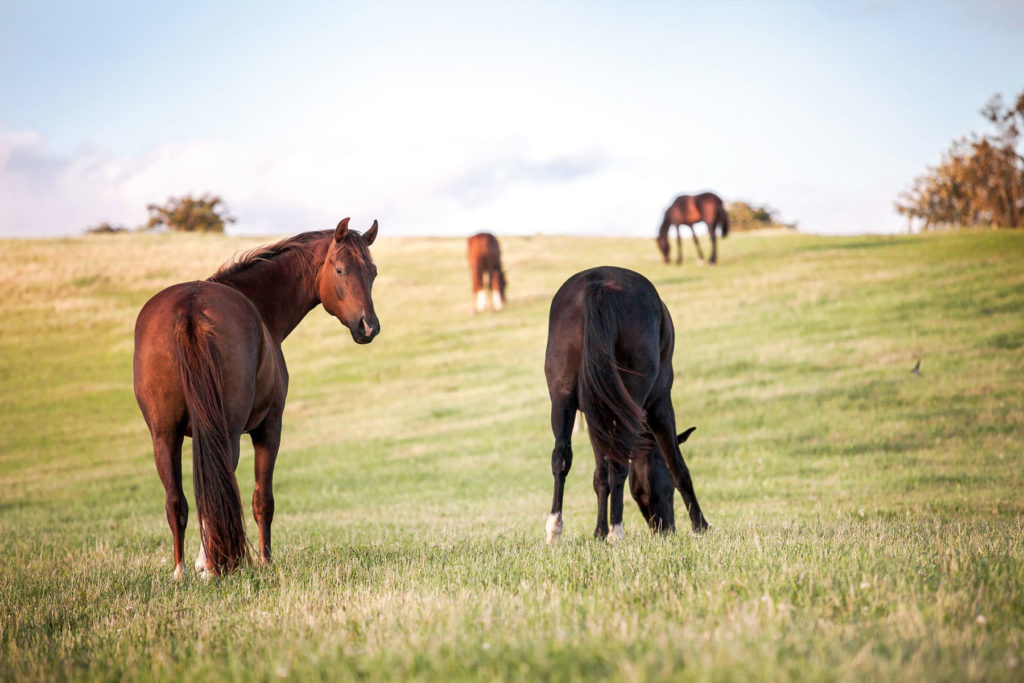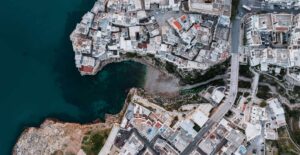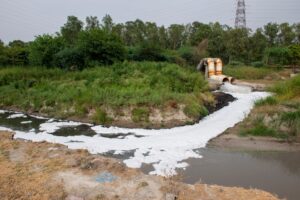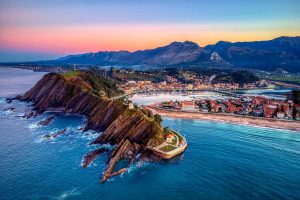Varje skit räknas (Every shit counts)
Race for the Baltic (S2S readiness level: early to mid-stages)

The S2S challenge
Eutrophication, or the over-enrichment of water from land-based pollutant flows of nitrogen and phosphorus, has severe consequences for ecosystems and the services they provide. For example, in the Baltic Sea, this issue can cause toxic algal blooms and oxygen depletion that seriously affects biodiversity, tourism, and fisheries. Sweden is one of the Baltic countries that has been working to reduce flows of these nutrients into water bodies. The country set a target of reducing phosphorus flows by 535 tonnes in the period 2007-2021, but fell short of its goal, only managing to reduce phosphorus pollution by 100 tonnes. Horse keeping is one activity that contributes a substantial amount of phosphorus to waterbodies in Sweden. Since it is regulated differently than other livestock, policy gaps exist, particularly on horse manure management. It is estimated that horse manure in Sweden releases around 85 tonnes of phosphorus per year into waterbodies, resulting in the eutrophication of freshwater, coastal, and marine ecosystems.
Addressing the S2S challenge
Up to 70% of phosphorus pollution from horse pastures and paddocks[1] in Sweden can be reduced with simple changes in manure management, such as more frequent mucking, particularly before rainfall or snowfall. Based on this knowledge, the Race for the Baltic project identified an opportunity to support the reduction of phosphorus flows into the Baltic Sea.
Together with key stakeholders, the project developed a shared vision, and identified the actions needed to achieve pollution reduction through different activities such as interviews, roundtables, and workshops where knowledge was gathered and shared. The key actors involved included the Federation of Swedish Farmers (HNS), the Swedish Horse Industry Foundation (LRF Häst), the Swedish Board of Agriculture, various Water Authorities, County Administrative Boards and the Axfoundation. The result of this process was the communications campaign “Varje skit räknas” or Every shit counts.
The aim of the campaign was to raise awareness among horse owners across Sweden, highlighting the links between horse manure and eutrophication of aquatic ecosystems and encouraging more frequent mucking of pastures and paddocks. To achieve this, the project ran two campaigns in the span of two years using different methods, such as social media campaigns, advertisements in popular media channels dedicated to horse ownership like magazines, and posters that were sent to more than 8800 recipients, including horseback riding schools.
The communications campaigns were followed up by surveys that measured the adoption of the mucking recommendations. According to the responses received, mucking increased significantly, and horse owners reported being motivated by the understanding that their actions contributed to healthier aquatic ecosystems.
Barriers encountered and solutions
The lack of knowledge around the contributions of horse manure to nutrient pollution, especially by horse owners was the main determinant of the activities being undertaken by this project. Additionally, reaching all horse owners living across Sweden to encourage behaviour change was another significant challenge faced by the project. To address the knowledge gap and influence behaviour change, the project supported the development of studies on the impacts of horse manure on aquatic ecosystems. This was followed by consultations with key stakeholders from the private and public sector to validate the findings of the studies, and to discuss the best way to approach horse owners. The results of this process were the campaigns on different platforms with a country wide reach.
At the same time as the communication campaign started, the government had launched a report on eutrophication that highlighted the role of horse manure, further complicating the project. This report created both tension among the horse owners, as well as concerns that this project would increase regulations. These concerns were placated through collaboration with stakeholders who were well known among the horse owner community.
Main lessons learned
The intervention by the project, Race for the Baltic, is an excellent example of implementing far reaching actions with limited time and resources. The project influenced behavioural change of horse owners across Sweden through targeted information campaigns that raised awareness, and shared practical recommendations.
While the project did not aim to establish regulations on horse manure management, it has created a more favourable environment to implement policies. Through engagement of key stakeholders such as public entities, private sector and CSOs, and the knowledge generated and shared with horse owners, the project has created a prime space for future policy implementation. To this end, Race for the Baltic is also providing advice on how horse manure can be included in the Baltic Sea Action Plan. The Baltic Sea Action Plan is developed by the Baltic Marine Environment Protection Commission, an intergovernmental organisation (IGO) and a Regional Sea Convention (RSC) established in 1974, also known as the Helsinki Commission (HELCOM), to protect the Baltic Sea from all sources of pollution.
[1] Paddocks are areas where horses can move freely in their natural gaits, but which lack satisfactory forage-producing vegetation, they are often fully or partially sealed. https://www.varjeskitraknas.nu/faq/
Additional resources
- Project website: Horse manure and the effects on the Baltic Sea (raceforthebaltic.com)
- Campaign website: Varje Skit Räknas – Varje skit räknas (varjeskitraknas.nu)
- Studies in Swedish on horse manure and mucking:



